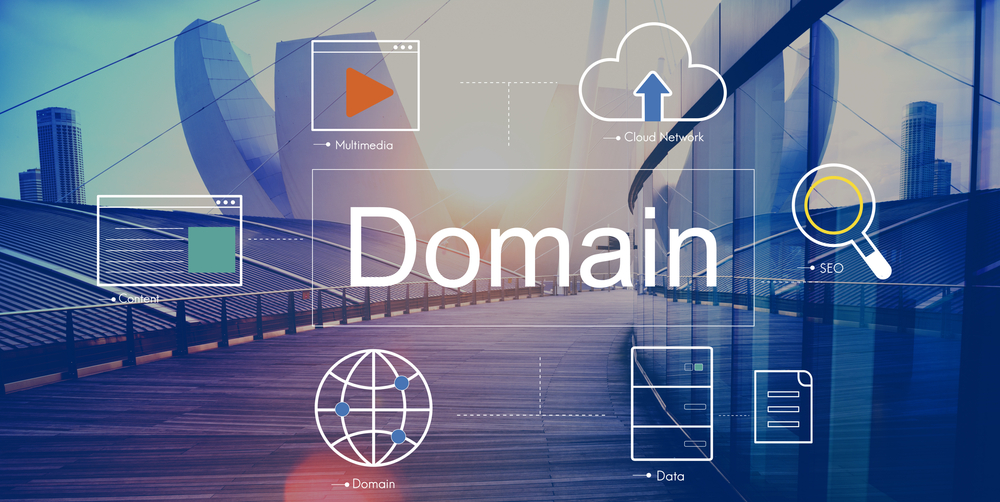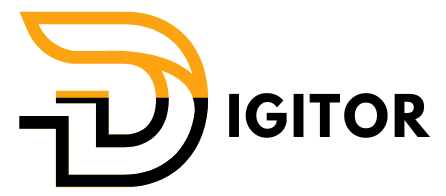Cloudflare Nameservers Namecheap: A Step-by-Step Guide
If you want to improve your website’s performance, security, and DNS management, connecting your Cloudflare nameservers to Namecheap is one of the best solutions. This process ensures that your domain benefits from Cloudflare’s global CDN, DDoS protection, and advanced DNS features — all while still using Namecheap as your domain registrar.
This guide walks you through how to configure Cloudflare nameservers on your Namecheap domain easily.
Why Use Cloudflare with Namecheap?
Pairing Cloudflare with Namecheap unlocks several benefits:
-
Faster loading speeds thanks to Cloudflare’s CDN
-
Free SSL certificate and automatic HTTPS
-
DDoS and bot protection
-
Reliable DNS with faster response times
-
Analytics and traffic monitoring
Cloudflare’s DNS is one of the fastest in the world, and when you set it as your authoritative nameserver through Namecheap, you gain control and performance enhancements for your website.
Step-by-Step: How to Point Namecheap Domain to Cloudflare Nameservers
Step 1 – Sign Up on Cloudflare
Head to Cloudflare and create a free account. After logging in:
-
Click “Add a Site”
-
Enter your domain (e.g., yoursite.com)
-
Cloudflare will scan your current DNS settings
Once scanning is complete, you’ll see a list of your DNS records.
Step 2 – Verify & Select a Plan
-
Confirm that all your important records (A, MX, CNAME, etc.) are listed
-
Choose the Free Plan (unless you need more advanced features)
Step 3 – Copy Cloudflare Nameservers
After setup, Cloudflare will provide you with two custom nameservers — for example:
lara.ns.cloudflare.com
matt.ns.cloudflare.com
You’ll use these to replace the default Namecheap nameservers.

Step 4 – Update Nameservers on Namecheap
Now log in to your Namecheap account:
-
Navigate to Domain List
-
Click Manage beside your domain
-
Scroll to the Nameservers section
-
Choose Custom DNS from the dropdown
-
Paste the two Cloudflare nameservers
-
Click Save
For a detailed walkthrough, see Namecheap’s help article
It may take up to 24–48 hours for the nameserver change to fully propagate worldwide.
After Updating Nameservers: What’s Next?
Once Cloudflare verifies the nameservers are updated, your domain will start routing traffic through Cloudflare.
You’ll now have access to:
-
SSL setup (Auto or Full)
-
DNS editing from the Cloudflare dashboard
-
Firewall and rate-limiting rules
-
Page rules for URL forwarding or caching
Need help with setup or encountering issues? Reach out to us — we’ll get it sorted quickly.
Troubleshooting Tips
Problem: Website not loading after switching
Fix: Double-check your DNS records are copied correctly from Namecheap into Cloudflare.
Problem: Email not working
Fix: Ensure MX records and mail-related records (like SPF, DKIM) are set to “DNS Only” (gray cloud in Cloudflare).
Tips for Better DNS Management
-
Unproxy your email records (gray cloud) — email doesn’t work via proxy
-
Enable “Always Use HTTPS” in Cloudflare settings
-
Use Page Rules for 301 redirects and advanced caching
-
Test your setup using WhatsMyDNS to confirm propagation
Conclusion
Setting up Cloudflare nameservers on Namecheap is one of the most effective ways to enhance your site’s speed and security — all for free. With a few simple steps, your website will benefit from Cloudflare’s performance-focused network, even while retaining your domain at Namecheap.
Whether you’re running a personal blog or a full-fledged business site, this setup ensures smoother traffic handling, better uptime, and smarter DNS control.
Need expert help? Talk to the team at Digitor — we’re happy to walk you through the process or handle it for you.






